SouthCoast Wonders: The girl with the 'upside-down stomach' who went viral in Fall River
FALL RIVER — A feel-good story with a shocking angle goes viral, gets millions of likes and shares, and captures the public’s attention. Then like any viral infection, eventually it burns out.
This happens every day on social media — but let’s go back much further.
“Death hovers near Omaha girl, 10,” read a headline in the Omaha World-Herald on Valentine’s Day 1935. “Doctor who can help is far away.”
That doctor? Dr. Philemon Truesdale of Fall River. This is the remarkable true story of “the girl with the upside-down stomach” — how Fall River became the center of a media storm that saw a girl shoot to household fame and almost wrecked Truesdale’s career.
American idols and TV chefs: 11 SouthCoast people who nailed it on reality TV
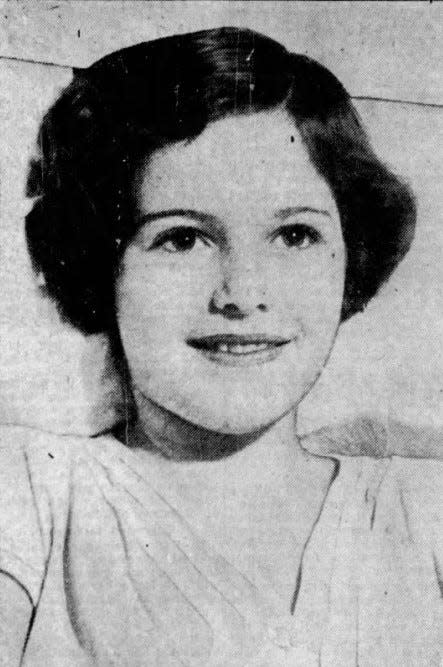
The history of Fall River's Dr. Truesdale
Truesdale was born in Quebec in 1874, the son of a lumberjack, and moved with his family to Fall River when he was 5. He was educated in local schools, including Durfee High, before graduating from Harvard Medical School in 1898. After a few years interning in Boston, he opened a general practice in Fall River in 1900.
His medical career took off quickly. He opened Truesdale Hospital in 1910 on Highland Avenue, “one of the handsomest buildings from an architectural standpoint in the city,” as the Evening Herald described it. It was a private hospital in an elite part of town, but Truesdale created a ward just for the poor and had a policy of not refusing admission to anyone who couldn’t pay.
Truesdale was ambitious, aiming to be more than an ordinary GP — he was talented at surgery, and helped found the American College of Surgeons in 1913. Years later he would use the new brand-new medium of movies to create the first talking medical instructional film.
Over the years, he became famed for his skill with a scalpel, pioneering tricky operations that few doctors elsewhere in the country could handle. His specialty was repairing hernias of the diaphragm — the surgery that would make him famous against his will.
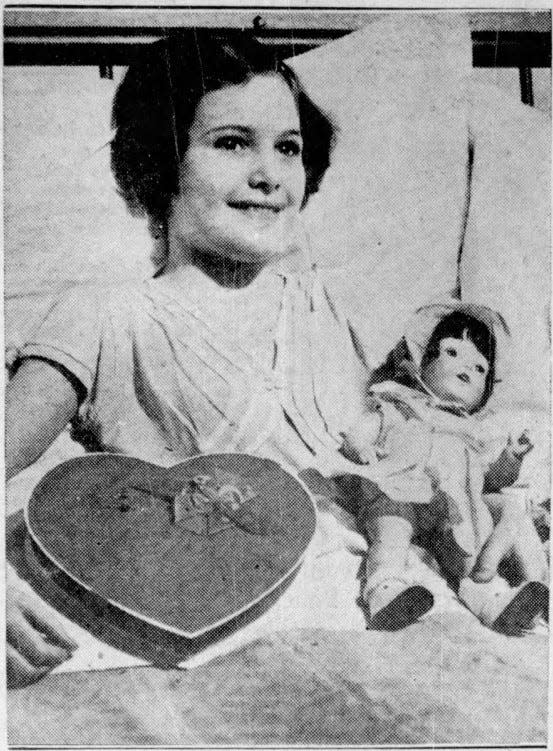
The girl with 'the upside-down stomach' goes viral with a 1935 GoFundMe
For months, all Alyce Jane McHenry of Nebraska ate was ice cream — normally heaven for a 10-year-old, but this was a problem. “Any other food makes her so sick that she can hardly breathe and she is wracked with pain,” wrote the World-Herald on Feb. 14, 1935.
Alyce Jane had a rare condition: a hole in her diaphragm caused her stomach to get pulled up into her chest around her shoulder. It could be fatal if not fixed. By coincidence, an Omaha doctor who saw Alyce Jane had been an assistant to Truesdale, and knew the doctor could fix her.
“Across the continent, at Fall River, Mass., a cure might be effected,” the paper wrote. “But Alyce Jane’s mother supports herself and her daughters on wages from clerking in a store, and the expense of the trip is great. ... Whether Mrs. McHenry will be able to scrape together enough money for the costly trip to Fall River and the operation which would save her child’s life is a question.”
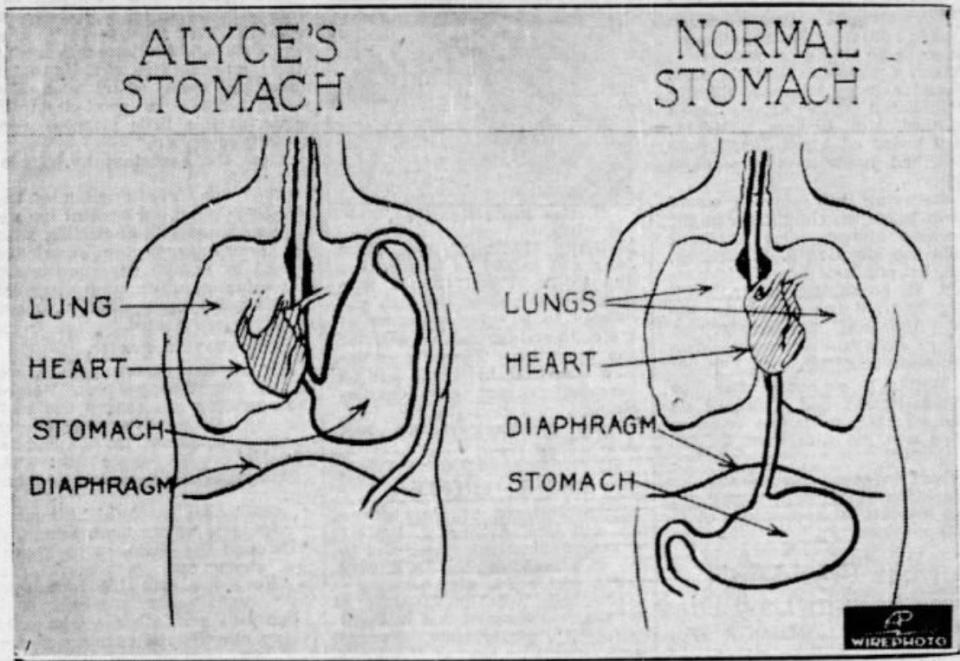
The sob story included a photo of the girl smiling from a hospital bed, clutching a doll and a heart-shaped box of Valentine’s Day chocolates — which she couldn’t even eat.
Who could resist that?
Within minutes of the paper hitting Omaha porches, phones rang off the hook at the paper’s offices from readers trying to help. They set up the 1935 equivalent of a GoFundMe for donations to send Alyce Jane to Truesdale. One businessman, moved by the story, met the McHenrys that day and gave them a blank check for all expenses. Her smiling face beamed out from the paper’s front page that day.
Within hours, Alyce Jane and mother, Louella, had money for tickets to a train bound for Fall River, land of medical miracles.
SouthCoast Wonders: Why did Fall River almost blow up its iconic Rolling Rock?
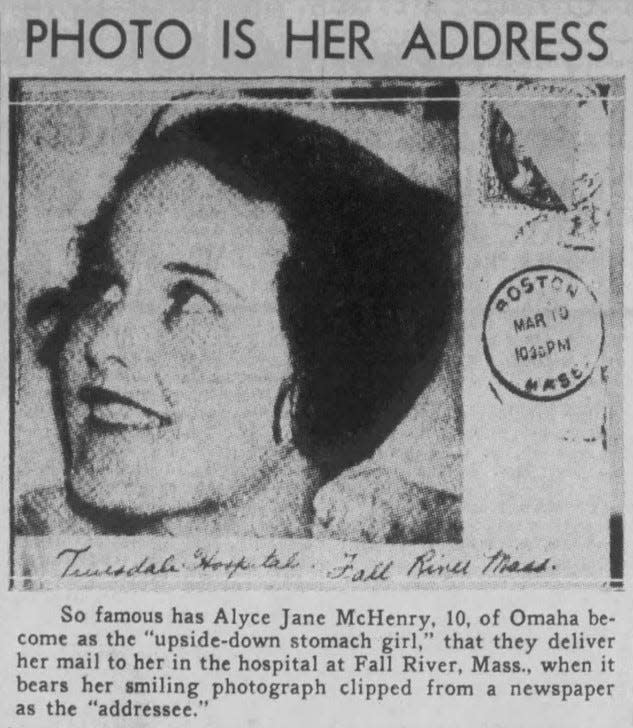
National media circus erupts in Fall River around 'upside-down stomach' girl
Alyce Jane’s story went viral nationally. The country was in the midst of the Great Depression, and the poor midwestern girl with the million-dollar smile and the upside-down stomach gave people something to cheer for.
Readers followed her train journey across America where she marveled at New York’s skyscrapers and was given the nickname “Sunshine” for her smile, which was often photographed for the adoring press. When she arrived in Fall River, "tired but radiant," as the World-Herald wrote, she had a bed waiting for her at Truesdale Hospital — and more.
The World-Herald wrote that her “cheerful disposition, implicit faith and unusual courage" led CBS’ Kate Smith, the “First Lady of Radio,” to ask “all her listeners [to] write the little girl a card and send it to the Truesdale Hospital ... and we will wager there will be a lot of Kate Smith fans who will do it.”
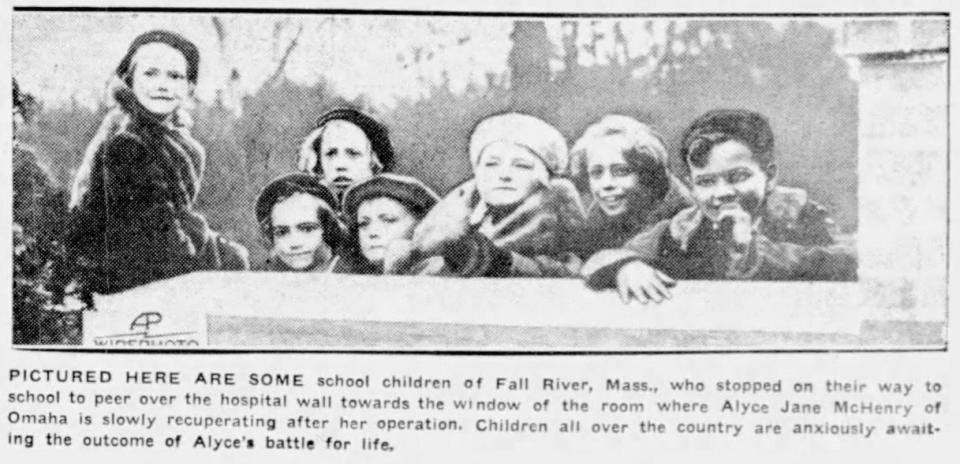
Alyce Jane’s story was spotlighted in Time magazine. She was serenaded on radio by the U.S. Navy Band and received as many as 2,000 letters a day from sick kids, senators and Shirley Temple. Some of the letters weren’t even properly addressed — people glued newspaper clippings of Alyce Jane’s smiling face to the envelope, and they arrived just the same.
Something about Alyce Jane captured the public’s attention. People wanted to lavish her with gifts. Someone mailed her a set of quintuplet baby dolls. Boston Mayor James Michael Curley’s daughter Mary sent her an autographed doll, for the “bravest girl in America.” Admiral Richard Byrd made an historic expedition to Antarctica, and his crew gave Alyce Jane a kitten that had been born on their ship.
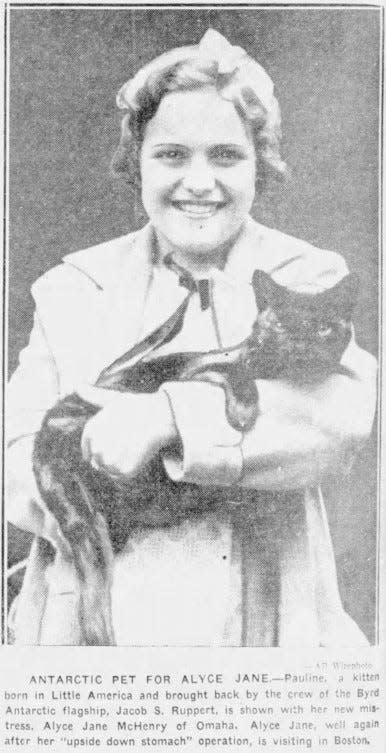
Not a fan of the media circus, Truesdale kept a low profile, saying only that the operation would be a delicate one, and that he would perform it for free. With 45 surgeons watching him, Truesdale operated on Alyce Jane on March 4, 1935. His remarks afterward were concise:
“We have accomplished the purpose of the operation,” he told the Associated Press. “The operation was difficult and prolonged and placed an enormous burden upon the little patient, who appeared to withstand the ordeal surprisingly well."
Alyce Jane recovered fully, and in full public view. For weeks, papers published daily updates on her condition including her pulse rate, temperature, eating habits — her graduation from orange juice to “macaroni, lightly flavored with cheese” was reported dutifully. Even her father, who'd been separated from her mom, reconciled with the family in Fall River before they all made the trip back home. This viral story had a crowd-pleaser ending.
But what happened after that?
SouthCoast Wonders: Who owned Fall River's first ever automobile? Hop aboard the Altham
How going viral almost killed Dr. Truesdale's career
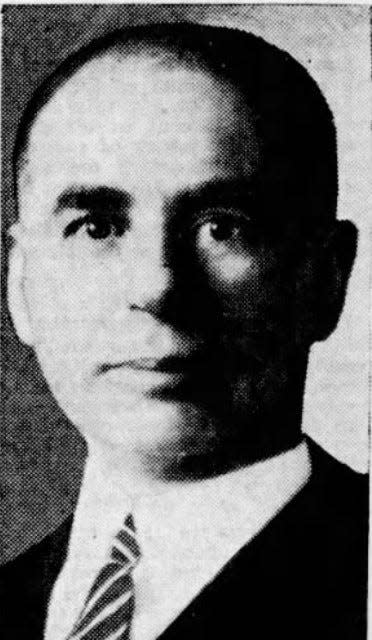
The medical establishment had strict ethical rules about publicity, and some of Truesdale’s colleagues felt he'd violated them. He faced severe discipline from the Massachusetts Medical Society, of which Truesdale was the vice president.
Before he could be kicked out of the profession, Truesdale wrote an open letter to the New England Journal of Medicine where he explained that he hadn’t sought the press attention.
“This little patient, with unusual personal charm, captivated the public with a sympathy and solicitude that gave the publicity a momentum which has not found its limit,” he wrote. “The press correspondents were numerous, ardent and eager. ... They claimed title to news and would not be unslaked.”
The Committee on Ethics and Discipline of the Massachusetts Medical Society accepted his apology, but his colleagues kicked him out of the vice presidency and refused to nominate him for any future leadership roles.
Truesdale died a few years later, in 1945. He left an impressive professional medical legacy that endures today. But even his obituary in The Herald News noted bitterly that the publicity from the upside-down stomach case “was distasteful to him, despite the fact it added materially to his fame.”
What happened to the upside-down stomach girl? She became an 'influencer'
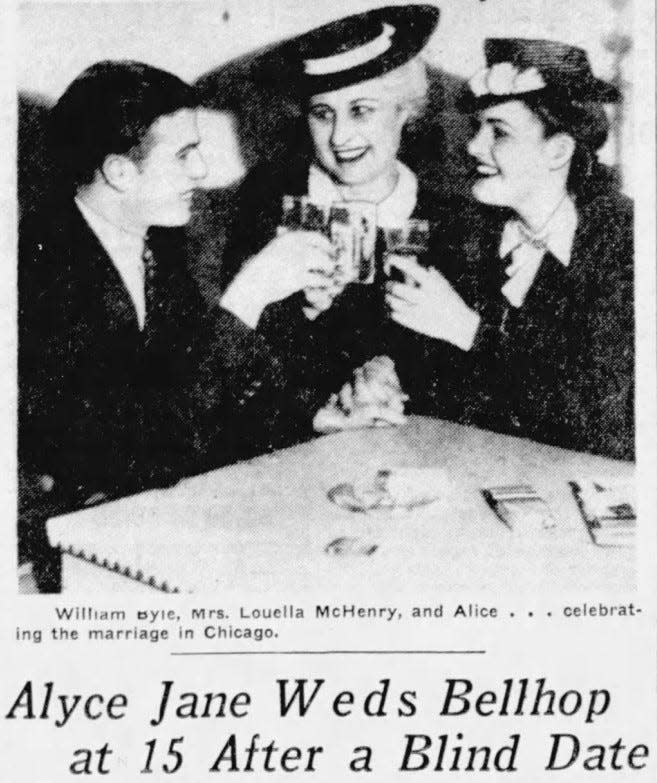
As with viral stories today, Alyce Jane's fame went sour. Today, she’d be called a social media influencer — she used her popularity to sell products. She became a model at age 13 for stuff like toothpaste, selling her “Sunshine” smile.
In 1939, she sold her story to True Story magazine, where the tale of the upside-down tummy appeared alongside stories like “I Married a Dictator” and “I Was a Pagan.” The next year, when she was 15, Alyce Jane eloped with a 23-year-old Chicago hotel bellhop after a one-month fling. She told reporters who wanted the juicy details about her marriage that she wouldn’t talk to them unless they gave her $40.
The World-Herald wrote: “‘I expect to get paid some way for this matter,’ she said, refusing even to say whether she was happy.”
She was offered $75,000 for her life story movie rights, but turned it down on the orders of her husband. The attention dried up after that. She was no longer a cute kid. The virus was cured.
Her life after that has gone unrecorded.
Alyce Jane, 52, died in 1976 on Long Island, New York, in obscurity.
Dan Medeiros can be reached at dmedeiros@heraldnews.com. Support local journalism by purchasing a digital or print subscription to The Herald News today.
This article originally appeared on The Herald News: Fall River doctor saved girl with 'upside-down stomach' in viral story

